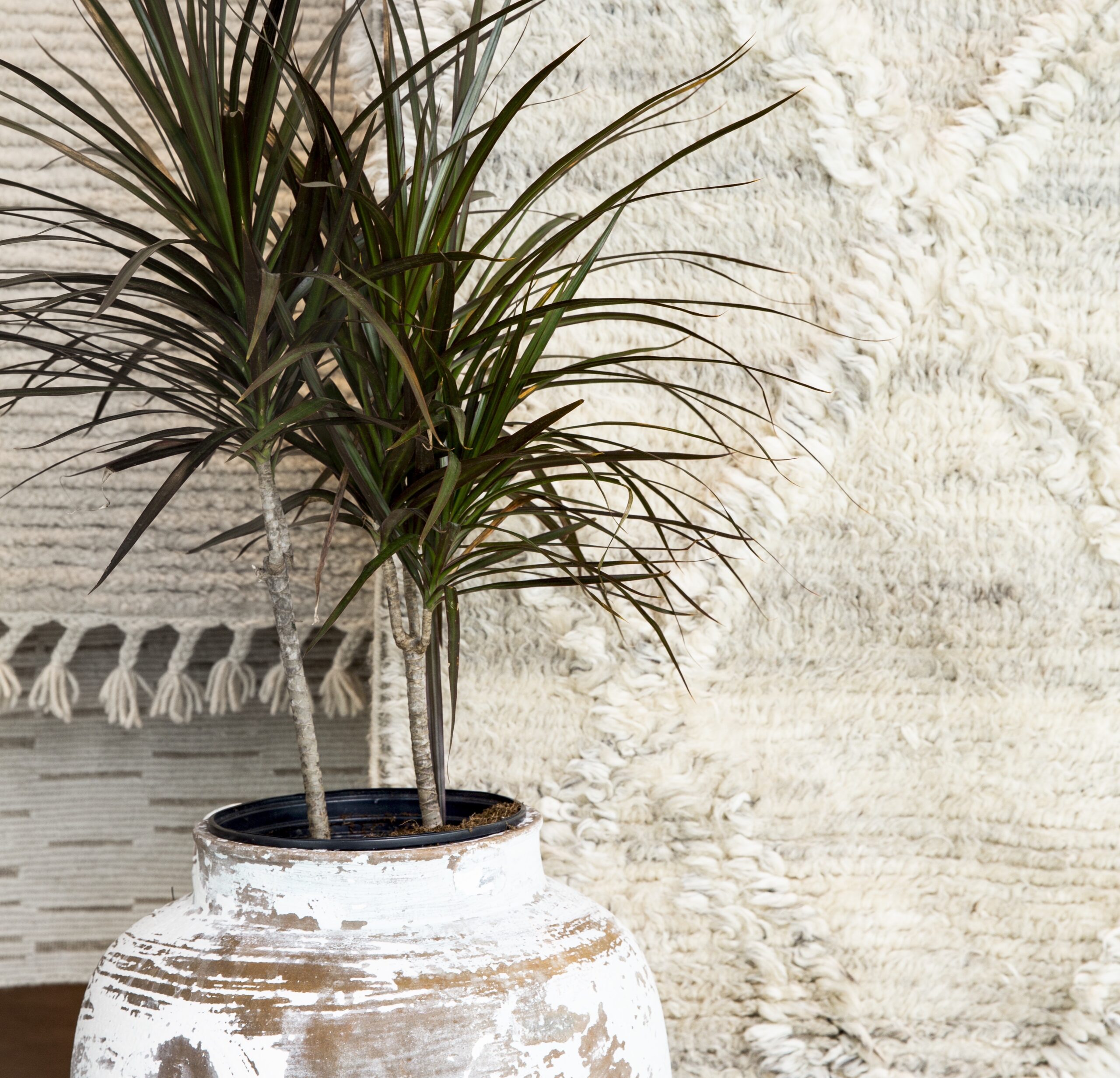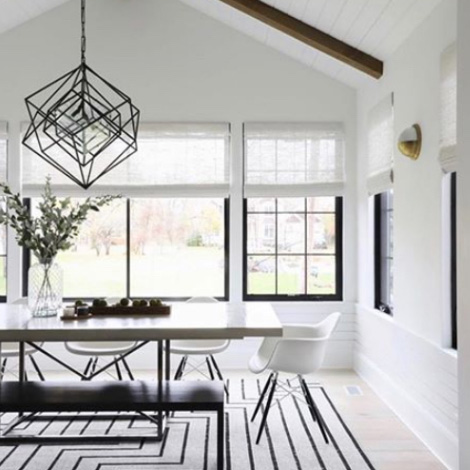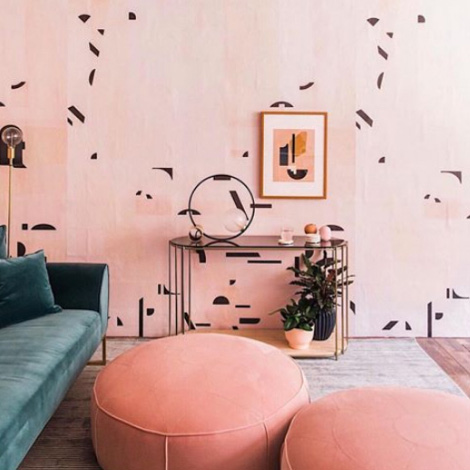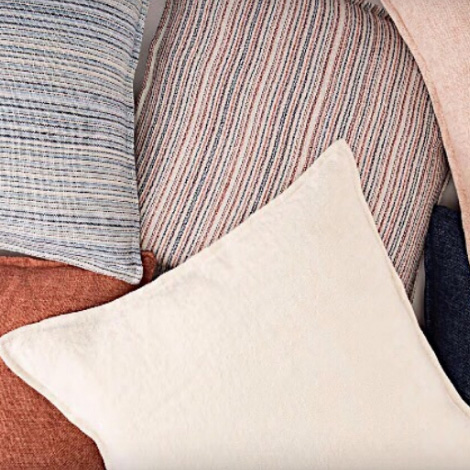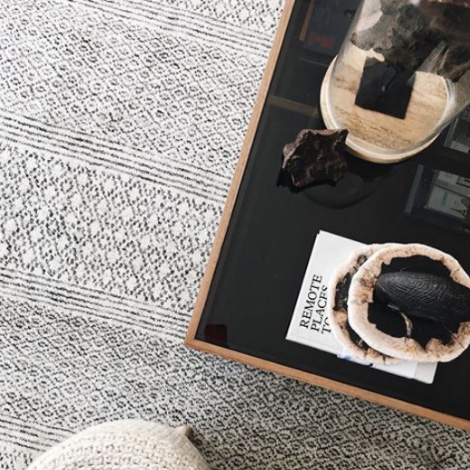An expert in social sustainability, CAVdesign founder Jennifer Levy is championing conscious, environmentally friendly interiors one client at a time. Here are her top tips.
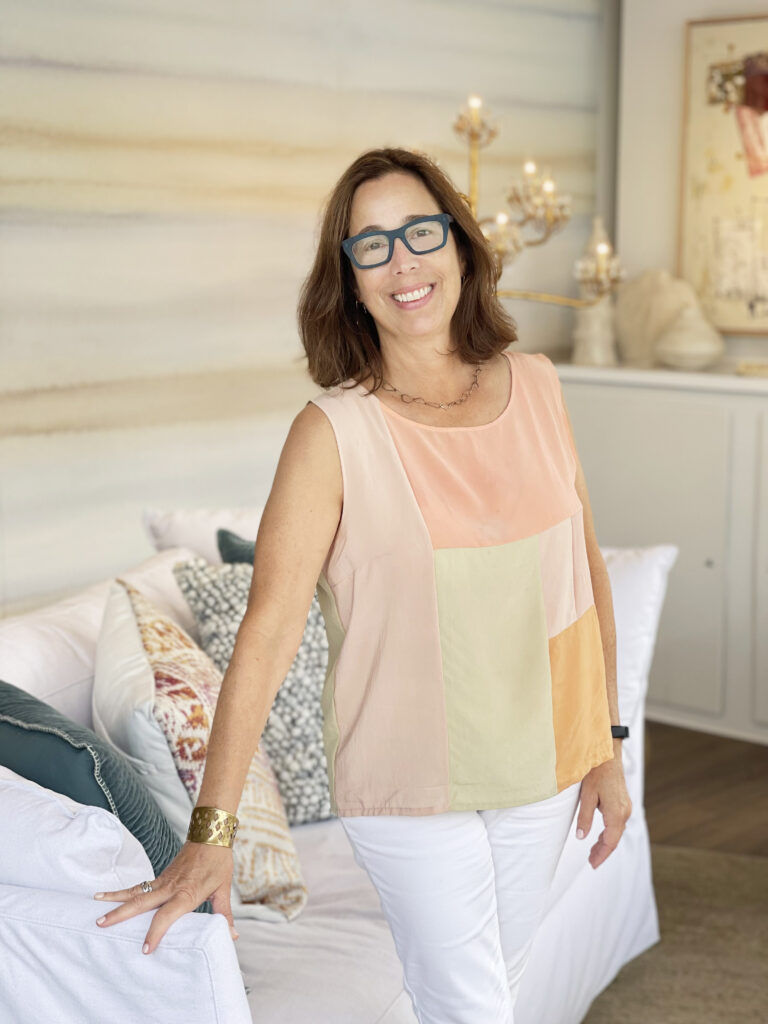
Jennifer Levy, principal and founder of socially sustainable interior designer firm CAVdesign
Portrait courtesy of CAVdesign
Your firm is founded on social sustainability. Define term and how it relates to the world of interior design.
Social sustainability in the context of interior design means that every person who touches the product has a healthy working environment, a living wage, and a dignified work culture.
See also: Behind-The-Loom: Ethical Production
What led you down that path?
My husband works with incarcerated men reintegrating into society after release. Through his work I saw how difficult it was for this population to get jobs and forge a career path and a new life. This led me to take a closer look at ‘who’s making our stuff?’ and I realized we have a huge opportunity in our industry to positively impact employment-challenged communities and vulnerable populations.
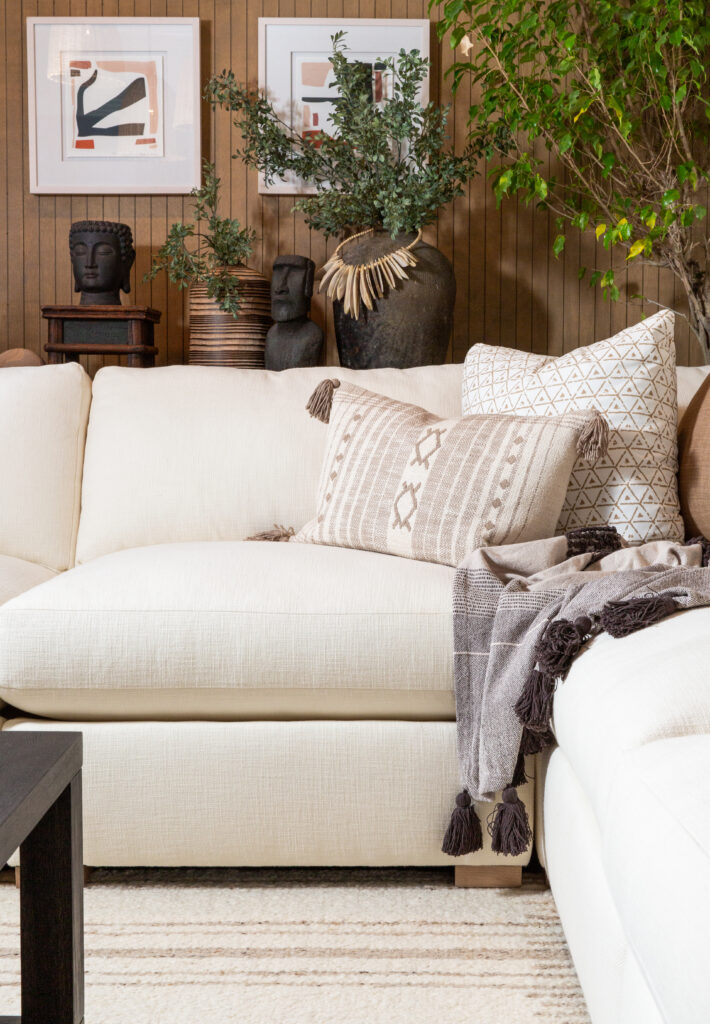
The Torin rug from the Mendoza collection is hand-loomed from soft, durable undyed wool. Jaipur Living only sources wool from sheep that have been sheared ethically and humanely as a natural part of their health and maintenance routine.
How do you define sustainable interior design? Why is it important?
Sustainable interior design means choosing items that are durable and appropriate for the client’s lifestyle, which will keep them out of the waste stream; picking products that are made of recycled and recyclable materials; and buying from manufacturers that support sustainable practices in both manufacturing and human impact.
Is there a difference between sustainable and eco-friendly design?
Sustainable design takes a holistic view of the full impact on the human side as well as the environmental side and considers the complete lifecycle of the product. Eco-friendly design, to me, has more of a focus on the use of sustainably sourced, recyclable, and nontoxic materials.
“We have a huge opportunity in our industry to positively impact employment-challenged communities and vulnerable populations.”
—Jennifer Levy
How do you educate your clients on socially conscious design?
The best way to educate our clients is to share the full story of the products we are selecting. Most people don’t think about all the people who contribute. Once you paint the picture of the many hands involved, clients understand the preference for sourcing from socially responsible companies.
What role do sustainable products play when planning projects?
Layering and textures are what bring life to the space. Knowing that I am sourcing from a company that uses sustainable textile production practices brings freedom and fun to that part of the process.
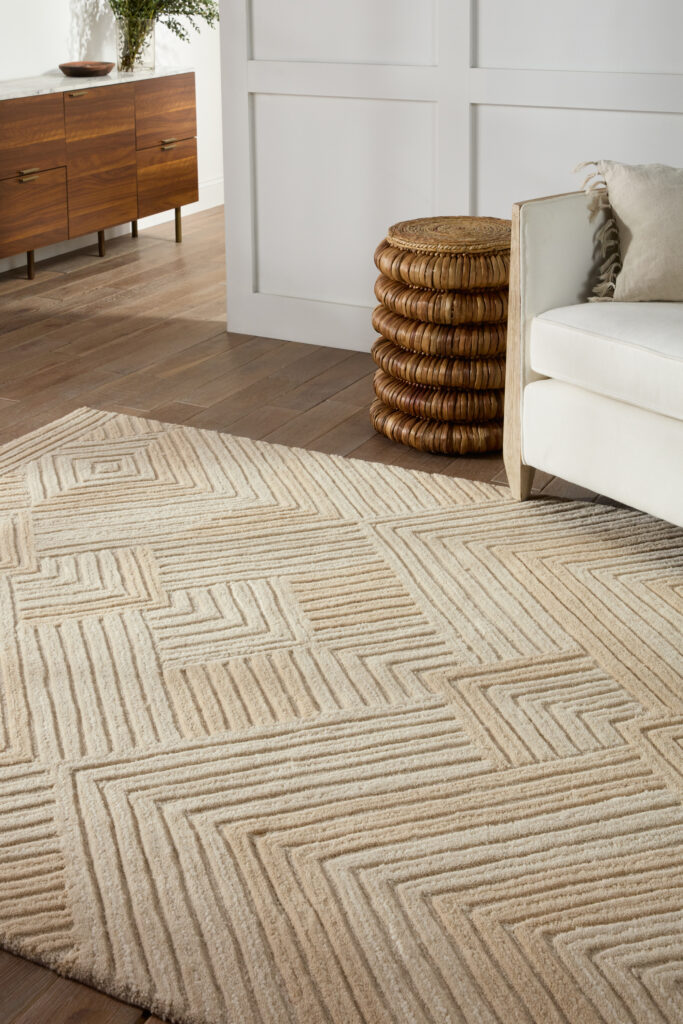
The entire Farryn collection is made of undyed wool, a naturally regenerative rug material.
What’s trending in sustainable design?
There are some amazing new materials being explored. A number of years ago the design world discovered the multiple uses for bamboo, from furniture to sheets. I’m excited about other material developments, from seaweed bioplastic to mycillium (mushroom) vegan leather and packaging.
See also: The Guide: Sustainable Materials
Where is the future of sustainable design headed?
These past few years have opened our eyes to our global environmental issues as well as our supply chain interdependence. That awareness opens the door to finding better ways to take responsibility and care for all links in the chain, from materials to people. So, I’m optimistic!
What is the human impact of design?
In the past we haven’t considered the impact of our design choices. Talking about it and raising awareness is the first step toward being accountable and exploring ways to lessen negative impact and strengthen positive impact.
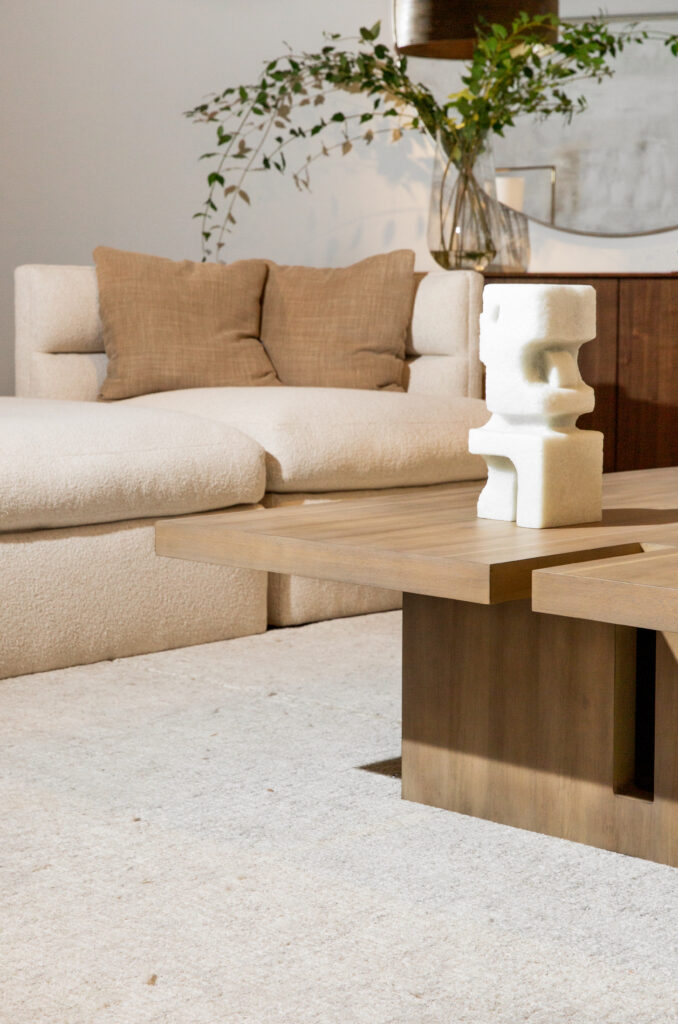
The best-selling Oland rug from the Britta collection is hand-tufted from undyed wool.
What is the importance of finding vendors that fit with your firm’s socially and environmentally conscious ethos?
It’s very important. I prioritize the vendors I know are producing products in alignment with social and environmental sustainability values.
Are there other interior designers who you admire for their commitment to sustainable design?
I’ve been noticing the work of Sean Leffers and Kati Curtis, both of whom use antiques in a very contemporary way.
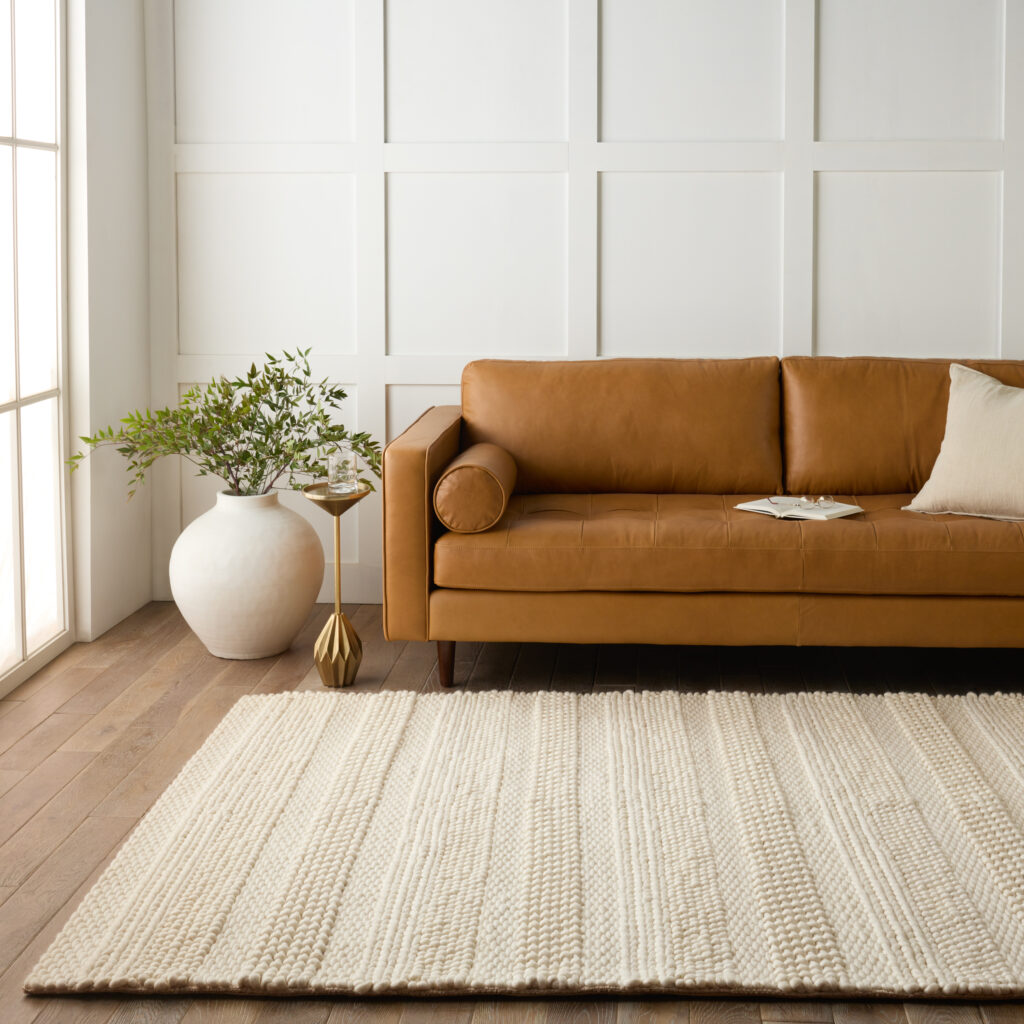
The Scandinavia Dula collection shows off its plush comfort, texture, and undyed wool.
I’d like to share a quote that happens to be from Jaipur Living’s founder, N.K Chaudhary. This one perfectly expresses my hopes for the future:
“Businesses will become whole through what they are missing: love, compassion, and healing. They are whole when the artisan and customer are connected, completing the ecosystem” —N.K. Chaudhary, Chaudhary Family of Brands Founder
Next story


